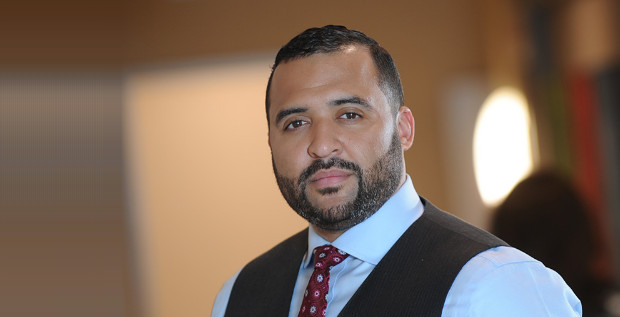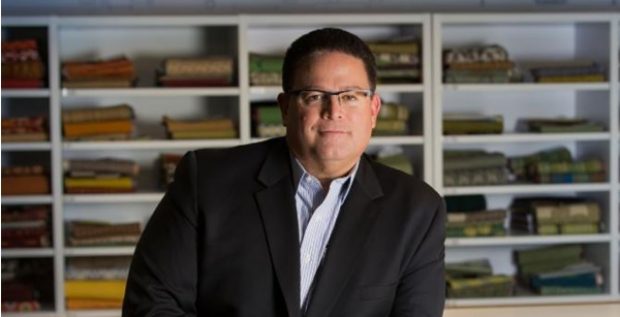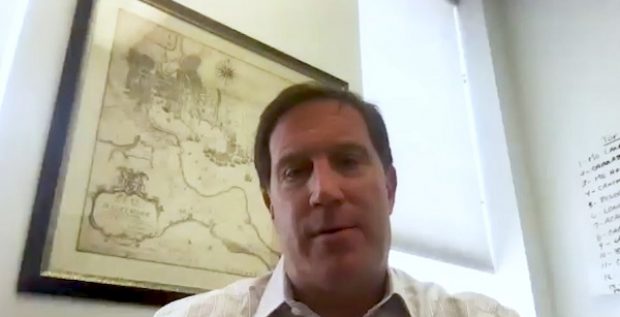Greg Star is the co-founder of Carvertise, a community marketing company based in Delaware that connects drivers with brands for mutual benefit. The company pairs advertisers with local car owners aiming to make supplementary income, and wraps participants’ vehicles with sponsored messages. All drivers must possess enthusiasm for the brands they advertise and meet strict quality control standards related to safety, daily mileage, and car condition. As each campaign goes live, Carvertise helps advertising clients track and optimize messaging performance through detailed, monthly analytics reports. The company has worked with national and regional brands such as Habitat for Humanity, Buffalo Wild Wings, ShopRite, and the University of Delaware. Last year, Technical.ly Delaware named Carvertise the state’s Tech Startup of The Year.
Greg Star spoke with citybizlist publisher Edwin Warfield for this interview.
EDWIN WARFIELD: Tell us about the company. Why take this approach to advertising?
GREG STAR: If you’re buying a billboard or a bus, what they’re essentially delivering to you is just an impression count. That’s pretty standard. We can offer two things. One: we can offer an impression count, but an impression count that’s dynamic. So, one month, car drivers might be driving more than another month, or they might be in certain areas that are more of interest than in other months, so there’s an element of variability to it. We found that if one of our clients, for example, they’re seeing an increase in web traffic for an area that they targeted with us that they haven’t been targeting before. We’re able to show how this is working based on our verification.
But what we also do is we ask the drivers that we select for a kind of feedback from the road. You have all these people—they’re not robots driving, they have friends, they have families, they interact with people when they meet them—so we’re able to kind of get an ear-to-the-ground view of what people think of the brand. Our drivers are now able to relate back to the company in a way that helps them make decisions going forward. We’re able to tell stories about what’s happening on the road, which I think is very interesting. In advertising and, just in general, selling, the ability to tell stories is important.
I think our biggest challenge is just getting it to a point where people know that Carvertising and advertising on private vehicles is a normal thing. I think there’s a tipping point that has to happen, where this becomes just so logical that it makes sense for everyone.
Q. What is the current state of Carvertising? Are working towards scaling the business?
A. We’re getting a lot of inbound requests from all across the country, because it’s people say, “Hey, I want to do this, it’s a great idea.” So, yeah, we’re looking at kind of branching out a little bit from our regional. The reason why we’re taking a regional scaling strategy is because historically the way advertising channels came to market were regional plays. Billboards were a regional play until about World War II, when the government started buying National War Bonds, but they noticed that, regionally, it was working. Once they did that, naturally corporations took notice. Buses came about in the same way, where there were a bunch of regional bus companies and then after awhile National Dollar started taking notice, and you had these national systems take place.
So, the way to go for a new channel: our strategy has been regional, local. We’re trying to own the Philadelphia Direct Marketing Association and grow organically from there. But, having said that, if there’s a large company that says, “We want to do a big campaign in San Francisco, a big campaign in Florida,” we’re not going to say no. We’re starting to get that sort of interest right now, and I think one thing about being an entrepreneur is that you have to be flexible and you have to push yourself, so I’m excited to see where this goes in that sense.



















